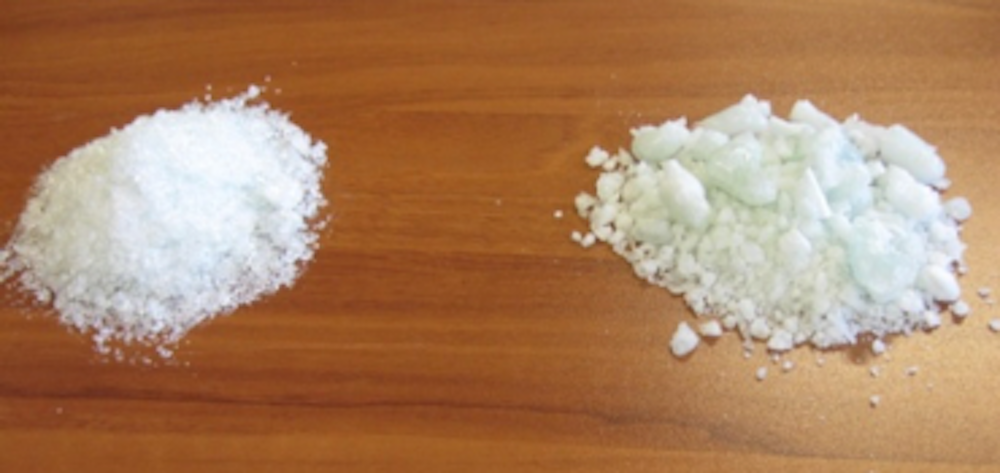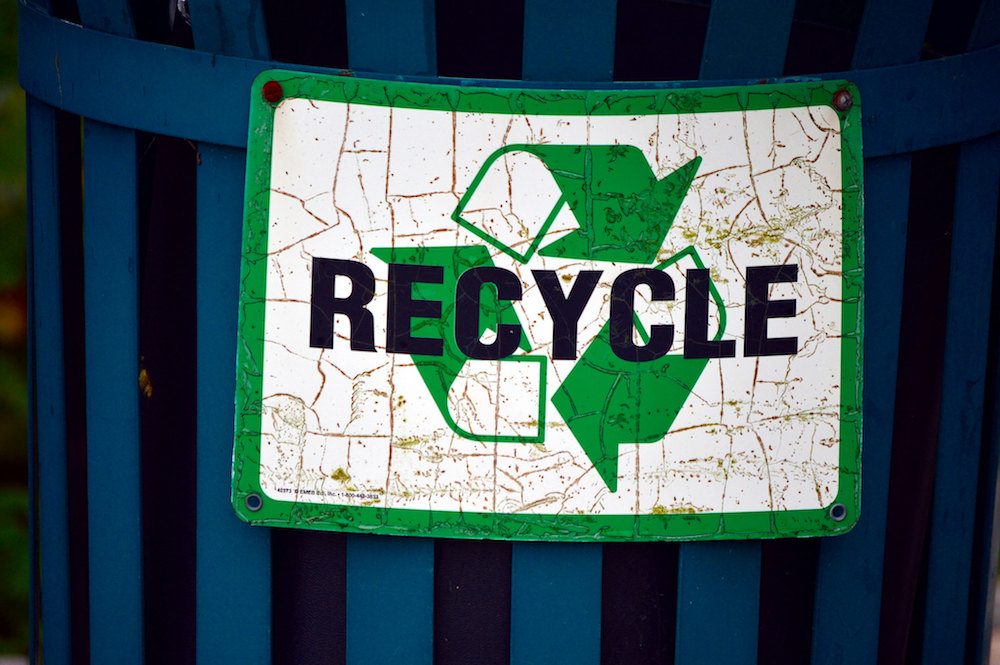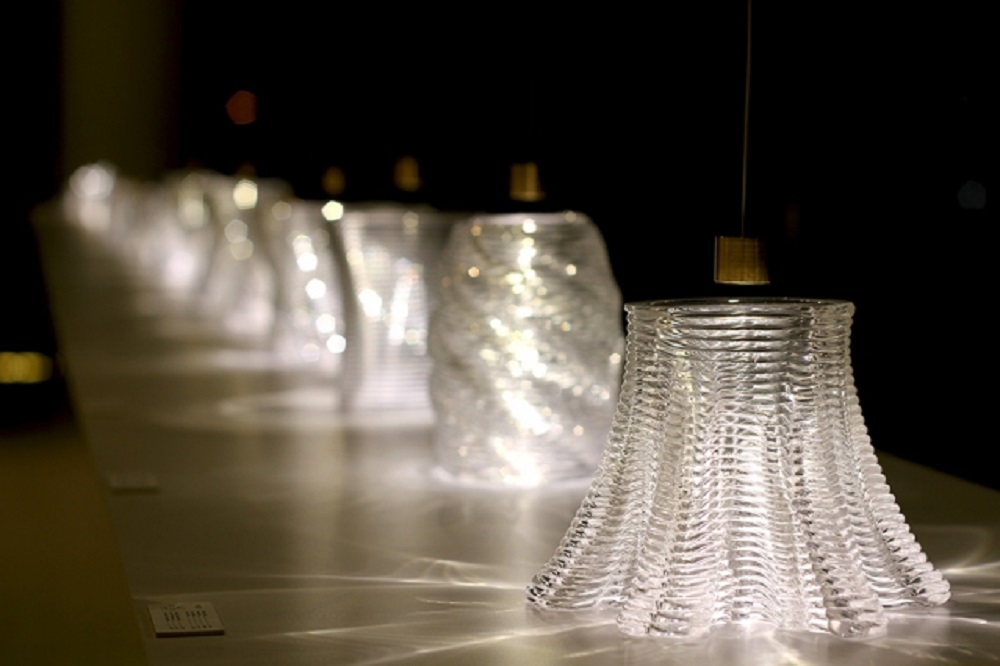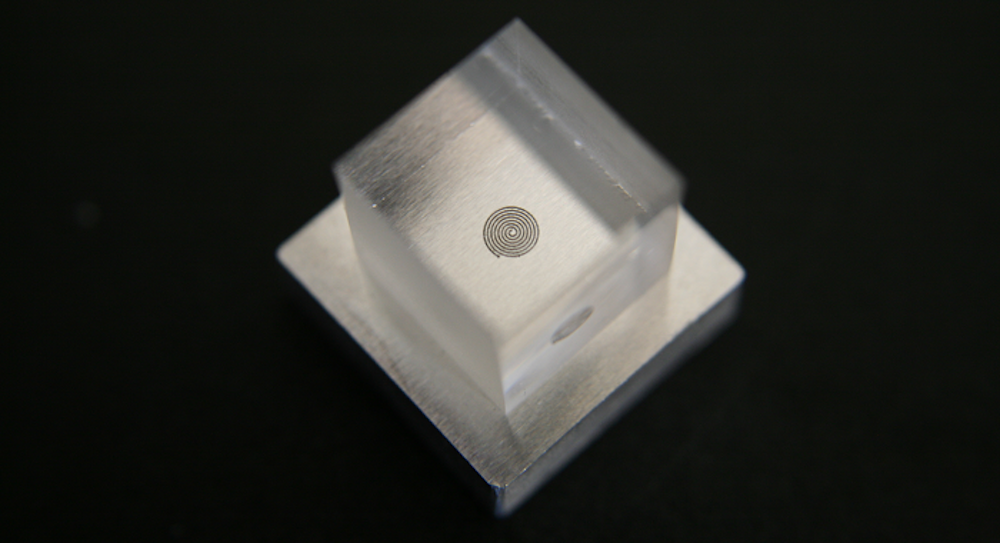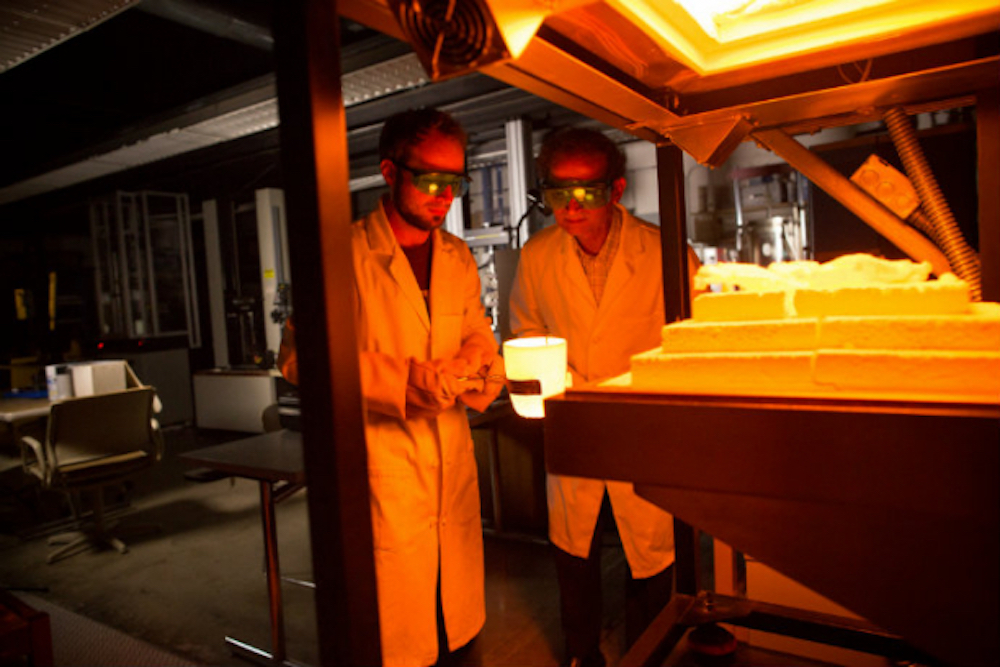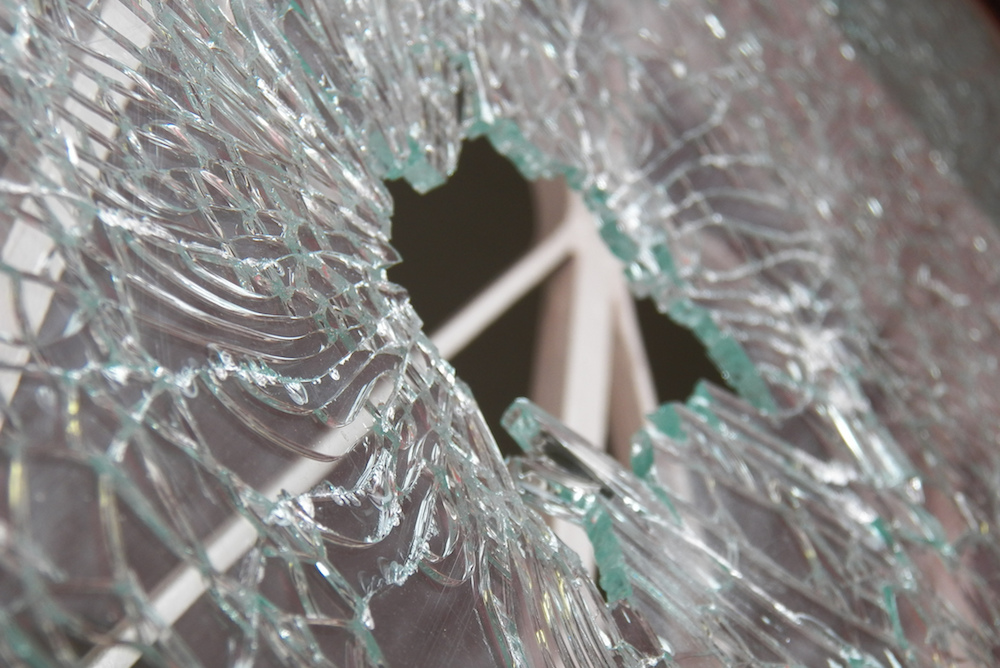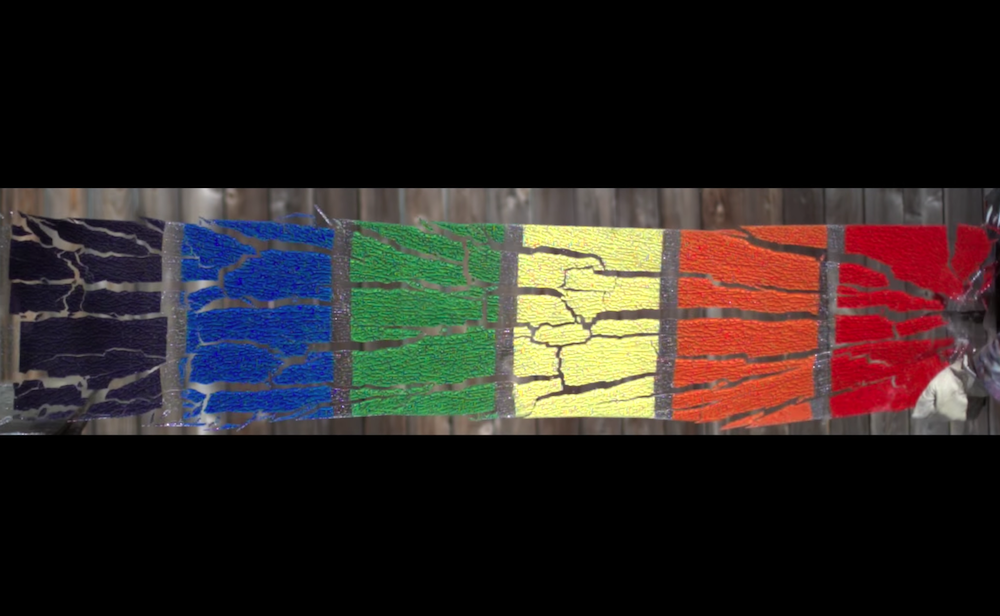Frit produced by researchers in Spain using a pre-production scale microwave processing method compared well to commercial frit prepared in a traditional gas-fired continuous furnace—and it used 64 percent less energy per kilogram of frit to produce.
Read MoreWith a plummeting public opinion of plastic, shifting consumer preferences and new initiatives designed to reduce waste may offer some interesting possibilities for glass packaging.
Read MoreAlthough 91 percent of the plastics discarded on this planet have never been recycled, the materials recycling status of glass has to be better…right? A daunting look at the current state of recycling.
Read MoreSince 2015, there have been quite a few advancements in glass 3D printing technology. Take a look at some highlights from the past four years, and find out what may come next.
Read MoreResearchers from Lehigh University and Corning Inc. showed the temperature of electrically heated glass defies predictions of traditional Joule’s first law by a long shot—over a thousand degrees! However, the law still appears to work when microscale heterogeneities are given due consideration.
Read MoreResearchers developed a multifunctional bioactive glass scaffold that can simultaneously prevent infection, stimulate bone repair, and prompt the body to heal supportive tissues—an intriguing possible all-in-one solution to heal diseased bone.
Read MoreA research collaboration achieved ferroelectric domain reversal in single-crystal-architecture-in-glass (SCAG) optical fibers, in spite of the crystals being constrained inside glass. Their research could revolutionize optical data transmission technology.
Read MoreHow does glass respond to strain? Researchers developed a phase diagram to understand the relationship between strain in glass and deformation behavior.
Read MoreHow fast do cracks propagate in glass? Too fast for the naked eye! But with a speedy camera—and some colorful paint—watch cracks occur in slo-mo time.
Read More
